
In-line Dissolved Oxygen Sensor
High-performance, In-line DO Probes for Accurate Measurement
In-line dissolved oxygen sensors are analytical instruments designed for continuous DO monitoring with real-time results for a range of industrial processes. Industrial dissolved oxygen probes offer a rugged yet simplistic design to ensure accurate measurement in all process conditions. To ensure all requirements are met, METTLER TOLEDO offers in-line DO sensors for pharmaceutical, food and beverage, chemical and power industries, microelectronics and pure water applications.
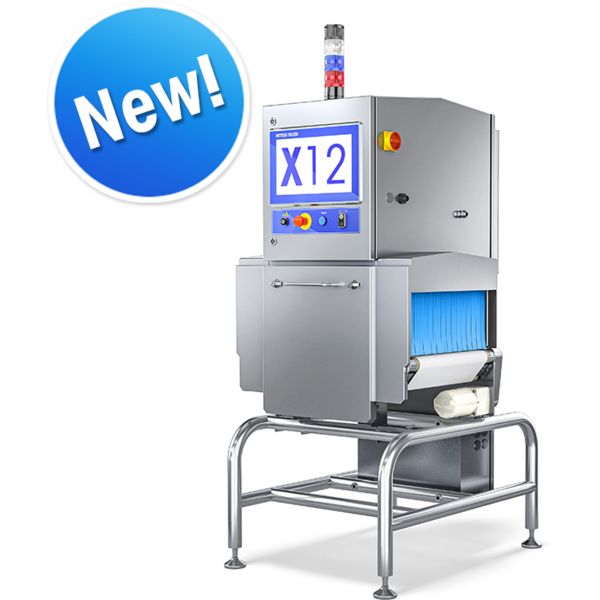
X12 X-ray Inspection System
Ein leistungsstarkes Röntgeninspektionssystem, das für mehr Produktqualität und -sicherheit sorgt. Das X12-System ist die ideale Lösung für kleine bis mittlere Lebensmittel- und Pharmaprodukte.
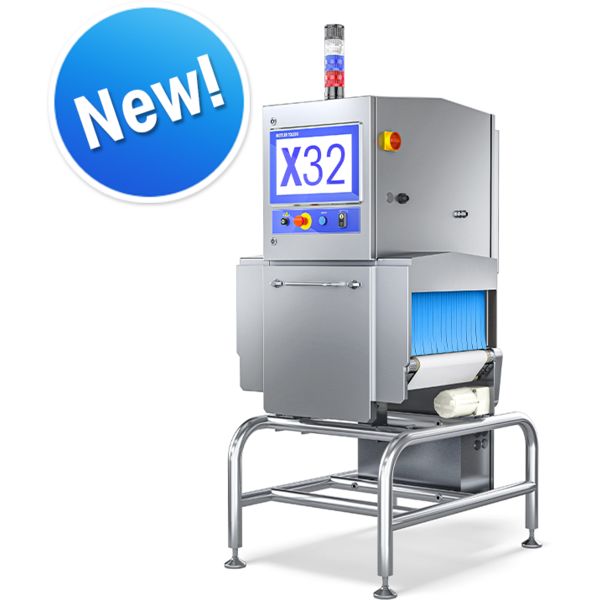
X32 X-ray Inspection System
Ein fortschrittliches Röntgeninspektionssystem, das in Standard- und kundenspezifischen Konfigurationen für ein- oder mehrspurige Anwendungen erhältlich ist, Integritätsprüfungen ermöglicht und durch eine erstklassige Detektionsleistung überzeugt.
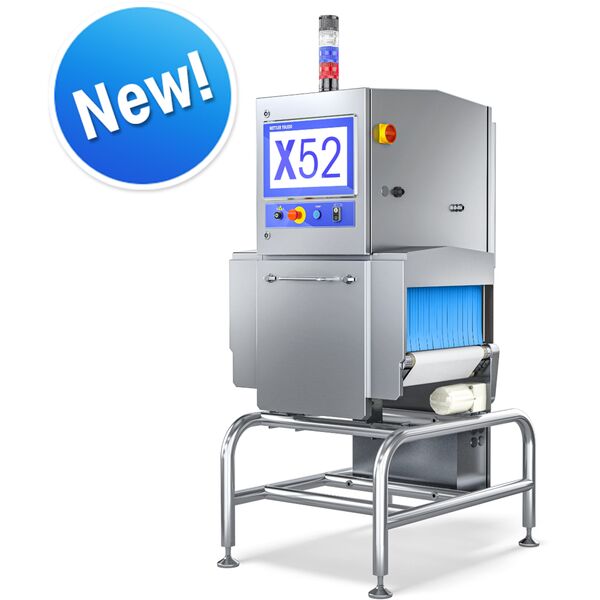
X52 X-ray Inspection System
Ein erstklassiges Dual-Energy-Röntgeninspektionssystem mit hervorragender Erkennungsleistung für schwer zu erkennende Verunreinigungen mit geringer Dichte in einer Vielzahl von Anwendungen. Erhältlich in Standard- und kundenspezifischen Konfigurationen.
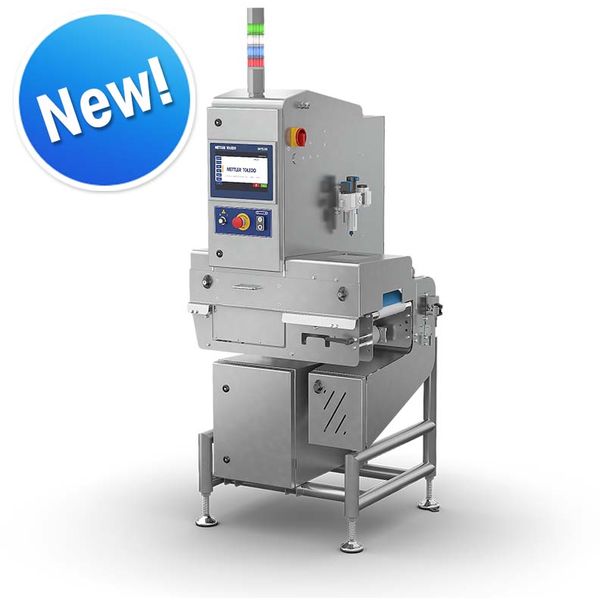
X34C Series, System
Eine einzigartige Lösung, die einzelverpackte Lebensmittel oder Pharmazeutika bei hohen Fertigungsliniengeschwindigkeiten prüft. Das System X34C verbindet eine geringe Gesamtstellfläche mit einem optimierten Brennweitenbereich, um die Erkennung nicht konformer Produkte zu verbessern und Ausschuss zu.
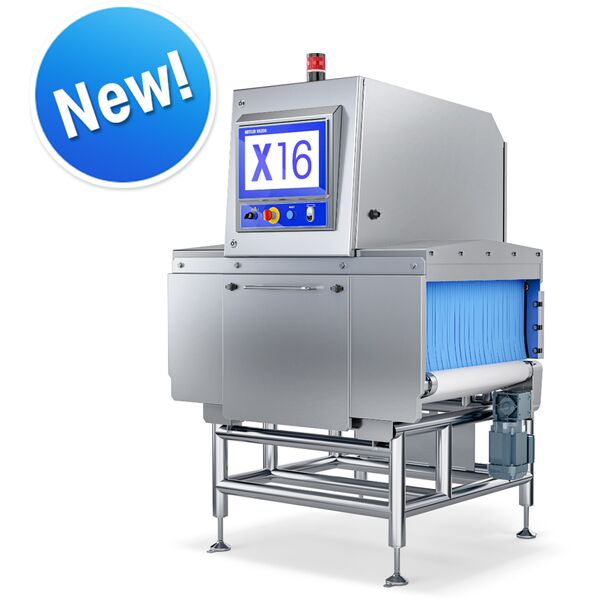
X16 X-ray Inspection System
Das X16-System ist die optimale Lösung für mittlere bis grosse Lebensmittel- und Pharmaprodukte. Dieses innovative Röntgeninspektionssystem gewährleistet eine höhere Produktqualität und verbesserte Produktsicherheit.
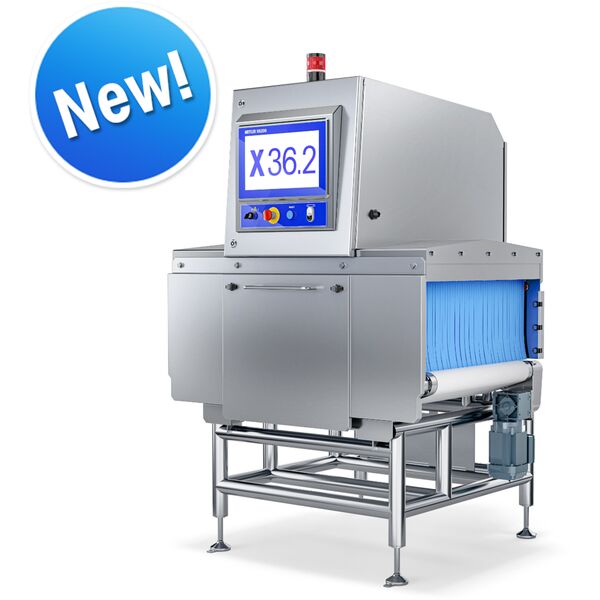
X36.2 X-ray Inspection System
Das X36.2 ist ein hochmodernes Röntgeninspektionssystem, das sowohl Ein- als auch Mehrspurfunktionen, eine breite Palette an Qualitätsprüfungen sowie standardisierte oder kundenspezifische Fertigungslinienlängen für ein hervorragendes Produktinspektionsergebnis ermöglicht.
Unlock Service Excellence - Maximize Your Efficiency

Unlock Service Excellence - Maximize Your Efficiency
Explore our Services - Tailored to Fit your Equipment
Uptime. Support & Repair
Compliance. Calibration & Quality
Expertise. Training & Consulting
FAQs
What is dissolved oxygen (often called DO or O₂)?
Dissolved oxygen is the level of free, non-compound oxygen, which is present in water or another liquid. In industrial processes or pure water systems it is typically measured with an in-line dissolved oxygen sensor.
What is an in-line dissolved oxygen sensor?
In-line dissolved oxygen sensors are analytical instruments designed for continuous DO monitoring and control with real-time results for a range of industrial processes. In-line DO sensors from METTLER TOLEDO are optimal for in-line DO monitoring and control in pharmaceutical production, brewing, chemical production and pure water monitoring.
Why is dissolved oxygen measured with an in-line DO sensor?
Monitoring and managing oxygen levels are important in many industrial processes. In-line DO sensors help optimize product yield and quality, reduce costs and ensure product safety.
How does an in-line dissolved oxygen sensor work?
Dissolved oxygen analyzers work based on the technology of METTLER TOLEDO in-line DO sensor selected. METTLER TOLEDO offers two in-line DO sensor technologies: Amperometric and Optical.
Amperometric: These in-line dissolved oxygen sensors use a gas permeable membrane to separate the sample from the electrochemical cell inside. Oxygen diffuses through the membrane in direct proportion to the partial pressure of oxygen in the liquid outside the in-line DO sensor. A cathode and anode inside the probe are polarized with a voltage to enable the electrochemical reaction of oxygen. Oxygen is reduced at the cathode while the anode is oxidized, producing a small current in direct proportion to the amount of oxygen in the sample. In addition, the dissolved oxygen sensor uses the temperature value to convert the oxygen partial pressure signal to a dissolved oxygen concentration value by compensating for the changing solubility of oxygen with temperature.
Optical: These in-line dissolved oxygen probes use optical technology for measurement. They contain an oxygen-sensitive layer that can fluoresce. This layer absorbs light from a light emitting diode in the sensor, and the light is released as fluorescence. The fluorescence lifetime depends on the amount of oxygen present in the sample medium.











